The Best Homemade Fertilizer For Flowering Plants In
Flowering plants need a variety of nutrients to thrive, including nitrogen, phosphorus, and potassium. These nutrients can be found in commercial fertilizers, but you can also make your own homemade fertilizer using common household items.
In this blog post, we will discuss some of the best homemade fertilizers for flowering plants. We will also provide instructions on how to make each fertilizer and how to use it.
Why Use Homemade Fertilizer?
There are several reasons why you might want to use homemade fertilizer for your flowering plants. First, homemade fertilizers are typically more affordable than commercial fertilizers. Second, they are made with natural ingredients, so they are safe for the environment and for your plants. Third, homemade fertilizers can be customized to the specific needs of your plants.
Types of Homemade Fertilizers
There are many different types of homemade fertilizers that you can make. Some of the most common include:
- Compost tea: Compost tea is a liquid fertilizer that is made by steeping compost in water. It is a good source of nutrients for all types of plants, but it is especially beneficial for flowering plants.
- Fish emulsion: Fish emulsion is a liquid fertilizer that is made from fish. It is a good source of nitrogen and phosphorus, which are essential nutrients for flowering plants.
- Kelp meal: Kelp meal is a powder fertilizer that is made from seaweed. It is a good source of a variety of nutrients, including nitrogen, phosphorus, potassium, and trace minerals.
- Blood meal: Blood meal is a powder fertilizer that is made from dried blood. It is a good source of nitrogen, which is essential for plant growth.
- Bone meal: Bone meal is a powder fertilizer that is made from ground bones. It is a good source of phosphorus, which is essential for flowering.
How to Use Homemade Fertilizer
The best way to use homemade fertilizer is to dilute it in water and then water your plants with the solution. The amount of fertilizer you use will depend on the size of your plants and the type of fertilizer you are using.
For compost tea, you will typically need to dilute it with water at a ratio of 1 part compost tea to 10 parts water. For fish emulsion, you will typically need to dilute it with water at a ratio of 1 part fish emulsion to 20 parts water. For kelp meal, you will typically need to dilute it with water at a ratio of 1 part kelp meal to 100 parts water. For blood meal and bone meal, you will typically need to dilute them with water at a ratio of 1 part fertilizer to 200 parts water.
Conclusion
Homemade fertilizers are a great way to feed your flowering plants and help them to thrive. They are affordable, safe, and easy to make. With a little bit of effort, you can create your own homemade fertilizer that will give your plants the nutrients they need to bloom beautifully.
Are you looking for the best homemade fertilizer for your flowering plants? If so, you've come to the right place! At Home Gardening, we have a wide variety of recipes for homemade fertilizers that are perfect for flowering plants. Our recipes are easy to follow and use ingredients that you probably already have on hand.
Here are just a few of the homemade fertilizers that we offer:
- Coffee grounds fertilizer: Coffee grounds are a great source of nitrogen, which is essential for flowering plants. To make coffee grounds fertilizer, simply spread used coffee grounds around the base of your plants.
- Eggshell fertilizer: Eggshells are a good source of calcium, which helps to strengthen plant cell walls. To make eggshell fertilizer, crush eggshells into a fine powder and mix with water. Then, pour the mixture around the base of your plants.
- Grass clippings fertilizer: Grass clippings are a great source of nitrogen and other nutrients. To make grass clippings fertilizer, simply spread grass clippings around the base of your plants.
No matter what type of flowering plants you have, we have a homemade fertilizer that is perfect for them. So visit Home Gardening today to learn more about our recipes and how to make your own homemade fertilizer!
FAQ of best homemade fertilizer for flowering plants
- What are the best homemade fertilizers for flowering plants?
There are a number of great homemade fertilizers that can help your flowering plants thrive. Some of the most popular options include:
* Coffee grounds: Coffee grounds are a great source of nitrogen, which is essential for plant growth. You can simply sprinkle coffee grounds around the base of your plants or mix them into the soil.
* Banana peels: Banana peels are high in potassium, which helps promote flowering. To use banana peels as fertilizer, simply bury them in the soil near your plants or make a banana peel tea by steeping a banana peel in water for a few days.
* Eggshells: Eggshells are a good source of calcium, which helps strengthen plant stems and roots. To use eggshells as fertilizer, crush them up and sprinkle them around the base of your plants.
* Compost: Compost is a great all-purpose fertilizer that can be used for any type of plant. You can make your own compost at home or purchase it from a garden center.
- How often should I fertilize my flowering plants with homemade fertilizer?
The frequency with which you fertilize your flowering plants will depend on a number of factors, including the type of plant, the time of year, and the quality of your soil. In general, you should fertilize your plants every few weeks during the growing season.
- How much homemade fertilizer should I use?
The amount of homemade fertilizer you use will also depend on a number of factors, as mentioned above. However, as a general rule of thumb, you should use a weak solution of fertilizer. Too much fertilizer can actually damage your plants.
- What are some other benefits of using homemade fertilizer?
In addition to being effective, homemade fertilizers are also relatively inexpensive and easy to make. They are also a good way to reduce your environmental impact by avoiding the use of synthetic fertilizers.
- Are there any risks associated with using homemade fertilizer?
There are a few potential risks associated with using homemade fertilizer, such as:
* Overfertilizing: As mentioned above, too much fertilizer can actually damage your plants.
* Spreading disease: If you use compost or other organic materials that have not been properly composted, you could spread disease to your plants.
* Insect infestation: If you use manure or other animal products as fertilizer, you could attract insects to your plants.
To minimize the risks associated with using homemade fertilizer, it is important to follow safe handling practices and to use only high-quality ingredients.
Image of best homemade fertilizer for flowering plants
- Compost tea: This is a nutrient-rich liquid fertilizer that can be made by steeping compost in water for several days. It is a good choice for all types of flowering plants.

- Coffee grounds: Coffee grounds are a good source of nitrogen, which is essential for plant growth. They can be sprinkled on the soil around flowering plants or brewed into a tea and applied to the soil.
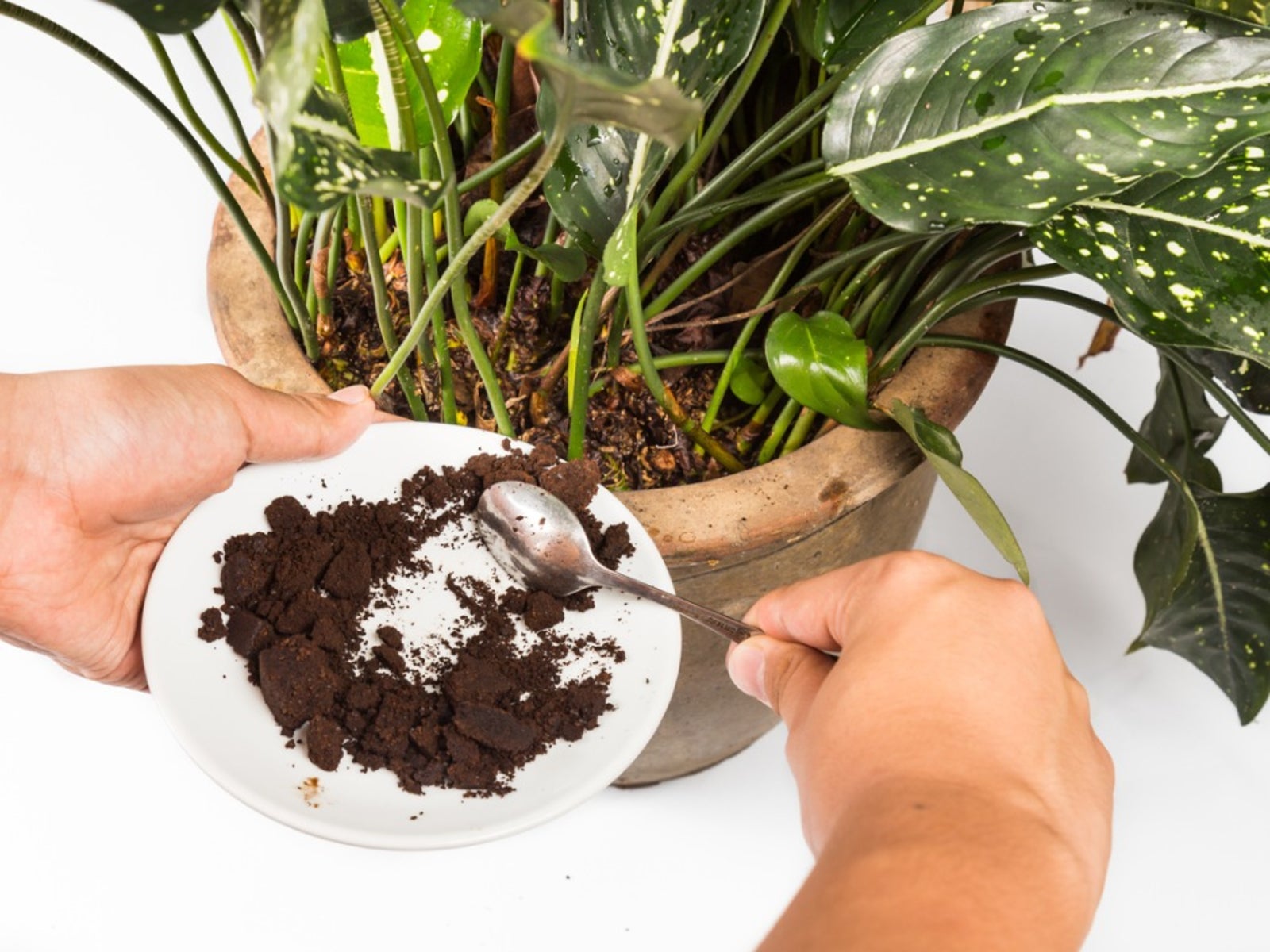
- Eggshells: Eggshells are a good source of calcium, which helps to strengthen plant cell walls. They can be crushed and added to the soil around flowering plants or brewed into a tea and applied to the soil.

- Bananas peels: Banana peels are a good source of potassium, which helps to promote flowering. They can be buried in the soil around flowering plants or brewed into a tea and applied to the soil.
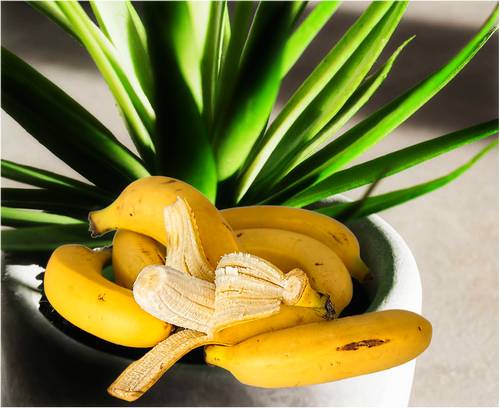
- Yogurt: Yogurt is a good source of beneficial bacteria, which can help to improve the health of the soil and the plants that grow in it. It can be diluted with water and applied to the soil around flowering plants.
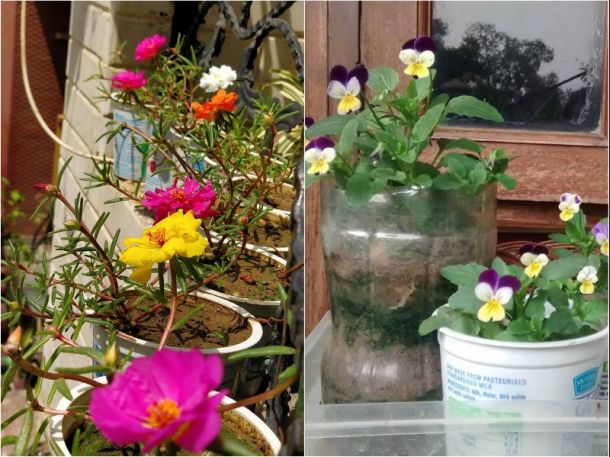
- Aloe vera: Aloe vera is a succulent plant that contains a gel that is rich in vitamins, minerals, and antioxidants. This gel can be applied to the leaves of flowering plants to help them to grow and bloom.

- Garlic: Garlic is a good source of sulfur, which is essential for plant growth. It can be crushed and mixed with water and applied to the soil around flowering plants.

- Dandelions: Dandelions are a good source of nitrogen, potassium, and phosphorus, which are all essential for plant growth. They can be chopped up and added to the soil around flowering plants.
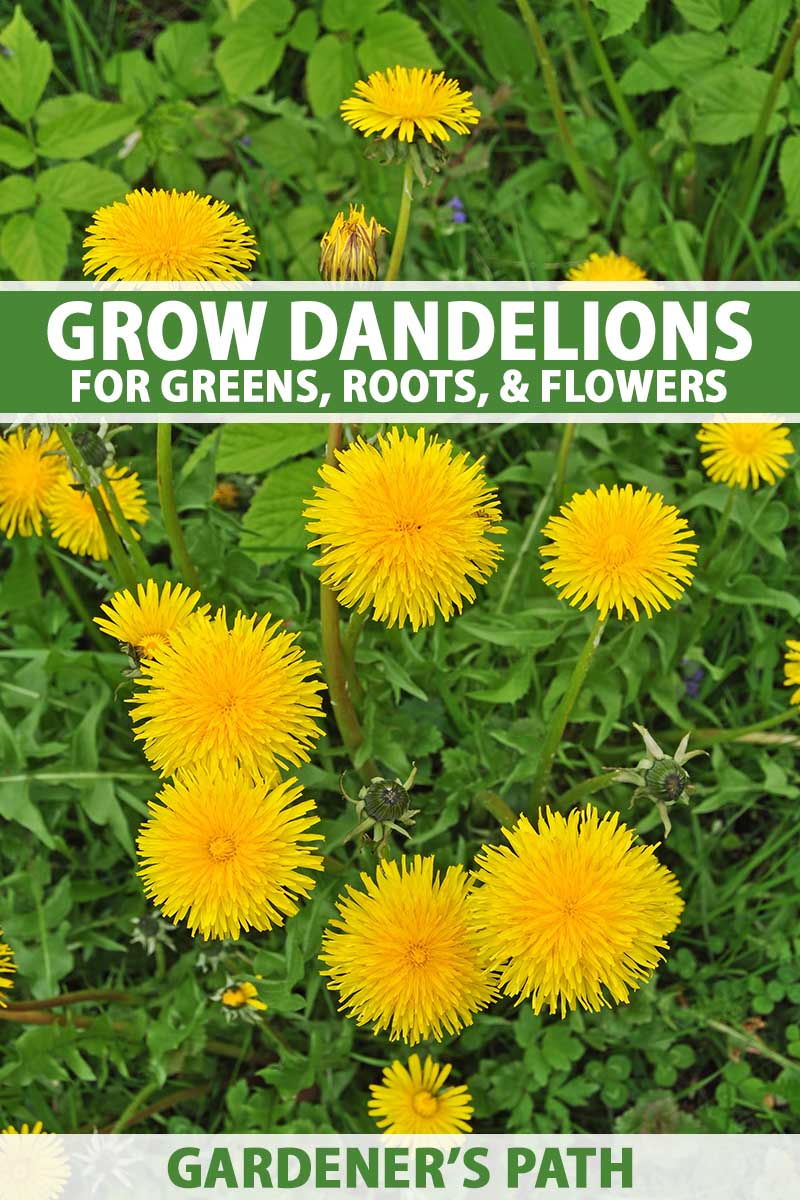
- Kelp: Kelp is a type of seaweed that is rich in minerals, including iodine, potassium, and magnesium. These minerals can help to promote flowering and improve the overall health of flowering plants.

- Fish emulsion: Fish emulsion is a liquid fertilizer that is made from fish waste. It is a good source of nitrogen, phosphorus, and potassium, which are all essential for plant growth.
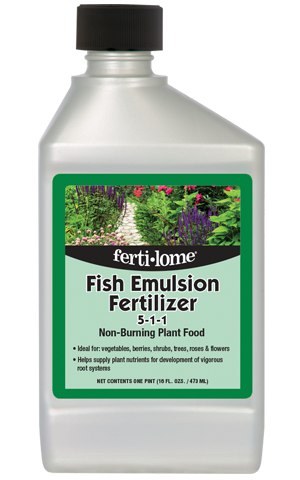
Post a Comment for "The Best Homemade Fertilizer For Flowering Plants In "